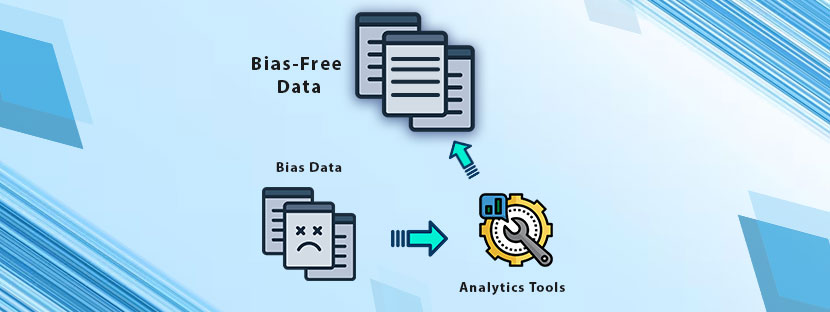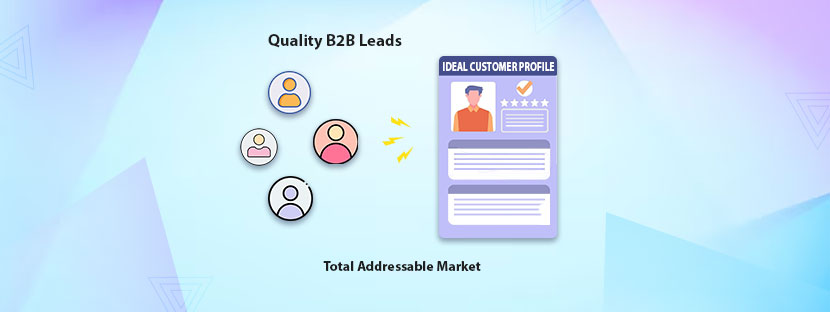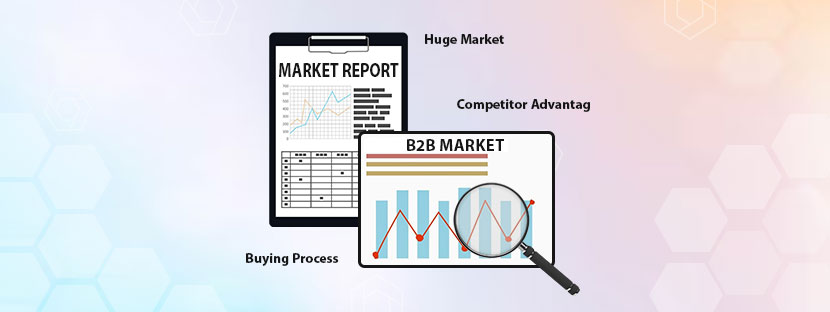In This Article
Does your organization prefer biased reporting?
Silly question – Of course, it’s a big NO!
However, your database can contain biased data if your organization does not have a fixed way to eliminate bias data collection. Bias data can enter your system in different ways, which you need to prevent.
Let’s talk about it in this blog.
Types of Biases You Can Encounter in a Data Environment
Nobody wants biased outcomes. Businesses depend on data which are accurate and bias-free. So that they can utilize the data for analysis and get insights from it. Based on the acquired insights, businesses can make the right decisions.
However, to ensure that the entire data analysis is done error-free, rejecting the bias data collection is a way. A deep knowledge of biases is the primary requirement that you need to add here. First of all, you need to define what bias is according to your data context.
Well, biases are basically the systematic errors that influence data behavior. A database gets contaminated with different ranges of biases in the presence of various factors. It includes poor data collection processes, preconceived notions of the data collector, flawed analysis, or anything. Thus, identifying the biases is the prime goal that you need to target here.

Here’s the list of common data biases you can encounter when you start collecting data.
☆ Selection Bias
It happens in most cases due to unrepresentative samples. For example, when a survey collects data from a specific range of people (typically based on age groups), the result will not obviously reflect the entire population’s view. In this case, the bias happened while selecting the right datasets. Basically, the selected data range does not reflect the entire population here.
☆ Confirmation Bias
When data researchers start collecting data that supports their selective hypothesis then it leads to confirmation biases. In this case, only the data that supports the research gets collected. For example, imagine a soda company where their data analyst team decided to launch a new item that is sweeter than their regular items. For this, the team gathered data in support of this new item. It’s a classic example of confirmation bias, and in the end, the company made a huge loss in sales. The new product did not get a place in the market due to a lack of data supporting the fact.
☆ Response Bias
Due to the presence of social desirability, sometimes respondents answer differently. Even sometimes, misinterpretation of the facts also causes response biases. People share their opinions, which makes the outcome biased. Considering the opinionated answers increases the chance of response biases in the data outcome.
☆ Sampling Bias
Sampling is a great method to collect a small portion of data that represents the entire data population. Mistakes while separating the sample can make the entire data outcome unworthy. For example, when data collectors choose samples from only one area while neglecting others, it produces sampling biases. Considering sampling biases can make the data results weak.
Impact of Bias in Data Analysis
Bias data collection is nothing but can make companies blind in terms of outcomes. Moreover, it can cause decision fatigue and greatly impact on company’s earning potential. Reducing the impacts of biases from the data operations is the primary aim for this situation. Otherwise, it can leave your business at a competitive disadvantage.
Reducing biases becomes relevant for the development of Machine Learning. Because it needs accurate and bias-free data to train machines. Detection of bias in any form in training data can make the machine learning model ineffective. Prevention of discriminatory outcomes is the primary need of this situation, and hence, reduction of biases is the ultimate goal in machine training. Experts predict that algorithms that are built using the biased data may treat a certain group of people differently, which is not desired. Hence, we need to look for some positive ways to eliminate bias data collection.
Ways to Eliminate Bias Data Collection
Accurate data collection is the primary need for performing data analysis or studying the data. Involvement of bias of any type or anything decreases the authenticity of the data results. Thus, eliminating biases from the data collection procedure becomes necessary. Various methods are available now that can help collect data by keeping all biases aside. Let’s talk about them here.

① Random Sampling
Pick up any subset from a vast range of population range randomly. This random sample can ensure that every data included in the population range has an equal chance of being included in the sample. Random sampling generalizes the data collection input and provides equal weight to each sample present in the data engage.
② Diverse Data Collection
Collecting data from diverse sections always provides value to the research. That’s the reason you must always seek to collect data from a wide sources, different demographic groups, and locations as much as you can. It’s a way you can ensure that your samples are diverse and present diverse conclusions to your database. Hence, you can draw trustworthy conclusions from your database with accurate measures.
③ Stratified Sampling
To include every group in the calculation, the stratified sampling method works wonders. This method divides the data population into different strata. Each stratum includes relevant characteristics, which are selected from the primary dataset. Thus, the data included in each stratum gets adequate representation in the sample. So, it enhances the quality of the data, too.
④ Double-Blind Studies
Among the other data collection processes, the double-blind is quite an innovative process to eliminate bias data collection. In this process, both groups (the controllers and experimental) are unaware of their participation. This method observes biases and checks how they influence research participation.
⑤ Using Analytics Tools
At present, having a data analytics tool becomes necessary to manage your data. Besides maintaining good data quality, these tools work excellently for eliminating data biases, especially during data collection. Plus, the risk of human errors while collecting and preparing the data is less with automatic tools. Even if you’re using any tool, you can still look for advanced data collection solutions to acquire bias-free data.











